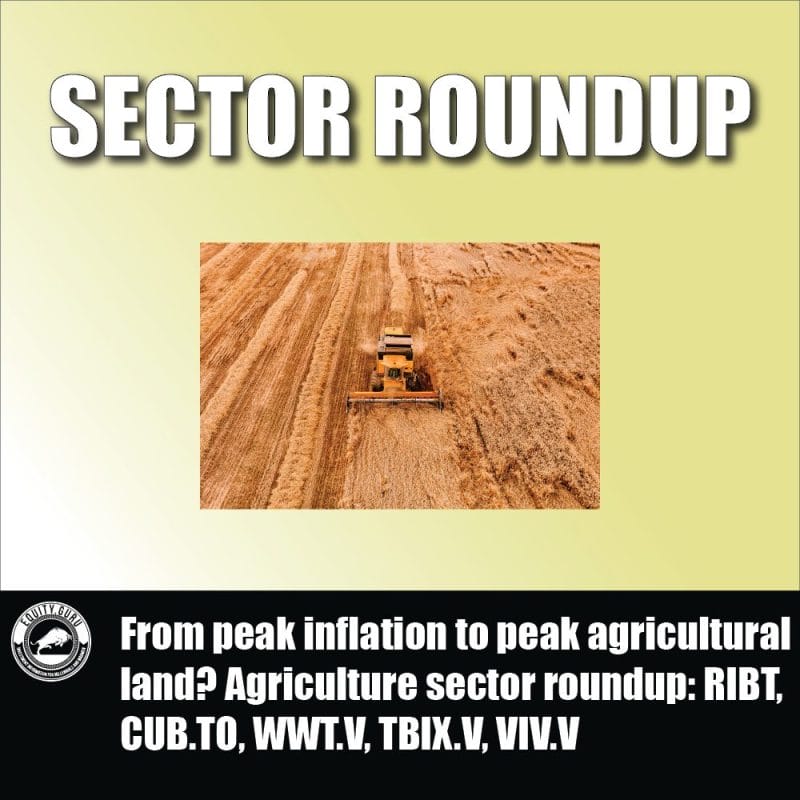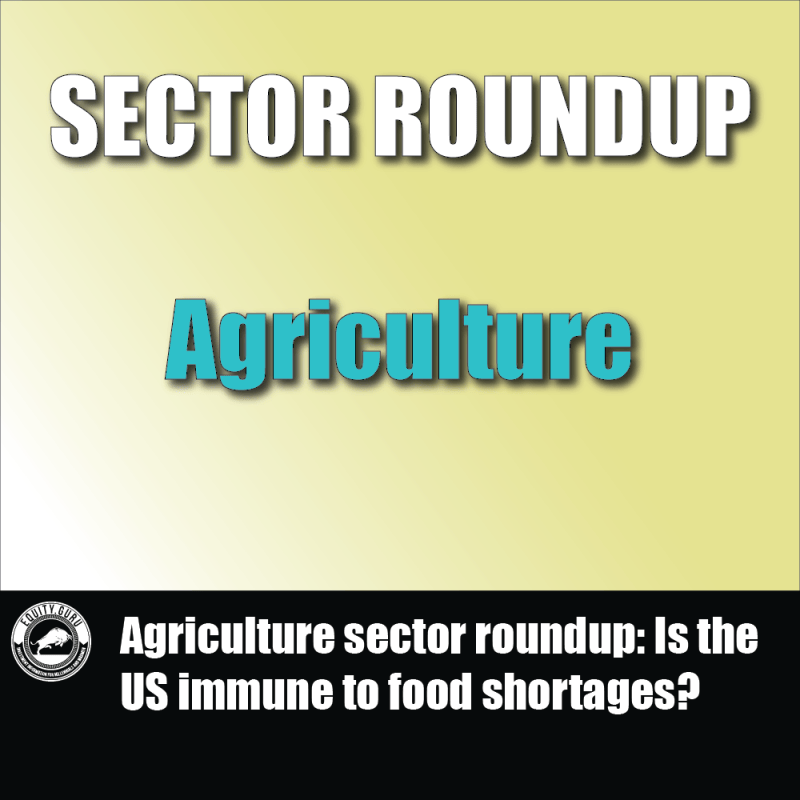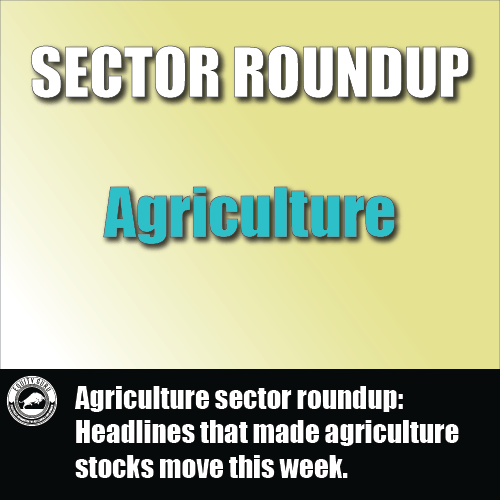For those of us living in water rich Canada, the notion of a shortage seems like one of those ‘over there’ problems.
We can easily justify ignoring it as something that’s distinctively not our problem, or if we’re perhaps a bit more empathetic and less callous, ‘yet another global issue we can do nothing about.’ And maybe we’re right. It’s hard to tell and honestly beyond the scope of this article to speculate.
But there are some curious fictions floating around about Canada’s abundant sources of water. The first is that we have 20% of the world’s total freshwater resources, and that somehow translates into 20% of the world’s water. That’s wrong. We have 7% of the world’s renewable fresh water, according to Canada.ca. The key word here is ‘renewable.’ Most of it is fossil water retained in lakes, underground aquifers and glaciers.
We have approximately 30 million people in Canada and that’s still a decent endowment. But half of the water drains northward into the Arctic Ocean and Hudson Bay, and therefore is unavailable to the 85% of us that live along the southern border. That means what we have is heavily used and strained.
Now I’ve never turned on a tap in my cozy little apartment in a Vancouver suburb and not had water come gushing out when it should have, so I really don’t know what it’s like to deal with a water shortage. Odds are good I’ll never find out, but who knows what’s in store in the next 20 years given this whole climate change thing? For other folks in Canada, though, it’s not quite so cut and dry. Ask the folks in Attawapiskat what it’s like to not have access to water.
Now let’s expand on that and go global.

Energy, food, transportation and nature all depend on a reserve of clean, flowing water that is dwindling at an alarming rate. Global water supply is a top 10 risk facing us in terms of impact and likelihood. By 2050, water demand will be up 55% according to the OECD. By 2030, the world could experience a 40% water supply shortfall. Beyond that, irrigated agriculture accounts for over 70% of the world’s freshwater withdrawal, and over 85% of its consumption.
Now let’s follow the inherent logic of a water shortage.
Water is required for most aspects of life, but we’ll focus on irrigation for brevity. If countries lack water for irrigation, then the water scarcity develops into food scarcity, and world hunger worsens. For plenty of places on the planet this is going to be status quo. But for others, it’s going to spiral into an even deeper problem. People will put up with a lot of bullshit from their governments—justifying their want by noting how much worse it could be. It’s one of the reasons we’re not all lining up for state issued toilet paper—because it never got weird enough.
But if water shortage produces a food shortage then it’s swiftly going to get weird. Take the lessons of history here—Ceaușescu’s Romania didn’t fall because of his corruption, hypocritical deviations from the ideological line, living in a palace while his people had nothing, or even genocide of the Romani people—historically, the average person will turn a blind eye to such things as long as he has a roof over his head or food on his table. Those things become post-hoc justifications for pulling the ruler down and putting him against the wall. The real reason, though, is because the people were starving due to austerity measures.

We don’t have to go down that particular rabbit hole, though. We’re aware of it and that means some enterprising groups from both the private and public sector can take advantage. It’s that whole ‘potential calamity as opportunity’ canard that’s zoomed its way straight into cliche territory but also managed to be true at the same time. You could theoretically take advantage as well.
Here’s how.
Water finds its own level
Today, we’re talking about Water Ways Technologies (WWT.V) and what they have to offer the growing problem. They’re an agricultural technology company working on providing water irrigation options to small and medium sized farmers and select legal cannabis cultivators. Their technical solution is a remote-access data gathering and analytics platform that can be added into irrigation systems. It gives farmers the ability to control how much water goes to their crops and at what time by using internet of things sensors.
The company proposes that the traditional ways we’ve been doing irrigation are wasteful and inefficient, because they are. Surface irrigation has been used for thousands of years. Water moves across the surface of agricultural lands to infiltrate the soil and hydrate the crops. It’s often called flood irrigation because basically that’s what happens—the irrigation results in flooding or near flooding of the land. Historically, it’s the most common method and is still used in most areas of the world, but there’s a lot of runoff and unused water. Given that we’re running headlong into a global freshwater shortage, we should get on top of that.

With Water Ways solution, the sensors in the field gather the data, giving the client the ability to see turn up or turn off the water as the individual crop section requires. Water goes through underground pipes exactly where it’s required. Less water gets used per crop, which means more crops and more crops means fewer hungry people. Fewer hungry people means less social upheaval. It’s not exactly a roadmap to a better future, but it’s a start.
The system is presently being tested in multiple projects in Serbia, Israel and Mexico. Water Ways has also implemented many turn-key agricultural and aqua-cultural projects in Canada, Israel, China, South Africa, Mexico, Peru, Colombia, Ethiopia, and Uzbekistan. Plenty of those places are going to be key testing grounds where this tech could do the most good in the next few decades.
The noteworthy of all of their projects is the one in Israel.
Water strategy
Why Israel? Because Israel is the world leader in AgriTech and a living laboratory for innovation in the sector. Here are a few solid reasons—only 20% of the land in Israel is arable, yet Israel somehow still manages to produce 95% of its own food courtesy of its advanced agritech and systems. The country also has over 900 farms and over 300 Agritech venture companies, and has secured close to $800 million in venture capitalist funding from 2014-2018, for a country with a population of only 9 million. And face it—tech like smart irrigation, robotics, drones and IoT are changing the way we produce food—making Israel a great testing ground.
WWT’s strategy is to scale its business globally through accretive acquisitions and establishing subsidiaries. They already have subsidiaries in Canada and China. By far, though, the largest contract in the company’s short history has been the CAD$4 million cotton irrigation project in Uzbekistan.

Flood irrigation, which we talked about above, had caused some environmental damage in Uzbekistan including soil salinity issues, which can lead to soil erosion, including effects on future crops, sedimentation problems and infrastructure damage. WWT was brought in by a client they had done similar work for in 2019 to implement their drip irrigation system.
In January, the company was contracted by a returning customer to set up their water control project. This solution used completely automated drip irrigation technology over a field of 1,200 hectares of cotton and included four reservoirs of water security and sedimentation of silt, fed by water channels. It was a tailor made problem and test for the tech as drip irrigation can lower soil salinity, and when combined with fertigation practices, increase yields while conserving water.
The Numbers
Their revenue streams come from two directions: their projects business unit, and sales of their equipment and components. Their irrigation projects include vineyards, cotton fields, apple and orange orchards, blueberries, fresh produce cooling rooms and now medical cannabis in over 15 countries.
The numbers themselves don’t look half bad for this company.
Here are some of the highlights:
- Record sales for the three-month period ended June 30, 2021, totaling $6,643,000 compared with $3,724,000 for the three-month period ended June 30, 2020, for total revenue growth of 78 per cent;
- Record sales for the six-month period ended June 30, 2021, totaling $12,112,000 compared with $6,976,000 for the six-month period ended June 30, 2020, for total revenue growth of 73 per cent;
- Earnings before interest, taxes, depreciation and amortization for the six-month period ended June 30, 2020, reached $832,000 compared with a loss of $112,000 for the six-month period ended June 30, 2020;
- Non-generally accepted accounting principles EBITDA for the six-month period ended June 30, 2020, reached $1,137,000;
- Project revenue stream increased substantially to $6,398,000 compared with $1.93-million for the six-month period ended June 30, 2021, and 2020, respectively, for total project revenue growth of 231 per cent;
- Sales of Heartnut Grove WWT Inc., the company’s wholly owned Canadian subsidiary, increased substantially and reached $3,744,000 for the six-month period ended June 30, 2021, compared with $2,975,000 for six-month period ended June 30, 2020;
- The company completed an oversubscribed private placement of $4,444,742 in August, 2021.
Also, a $4.2 million cash position, and a respectable amount of revenue for a company with a $35 million market cap.
This isn’t the kind of thing to blow up overnight. This isn’t a company that can produce a pocket-sized widget every year, market it and get immediate returns. It takes time to get the tech installed, teach people how to use it, get the bugs out, and then get word out on the efficiency of the technology to other potential clients. But you don’t need to go to Africa to see the long term effects of water shortage—the State of California’s been enduring a drought for years, so have places in British Columbia.
That’s right. The future we’ve been dreading is right around the corner. Time to do something about it.
—Joseph Morton







